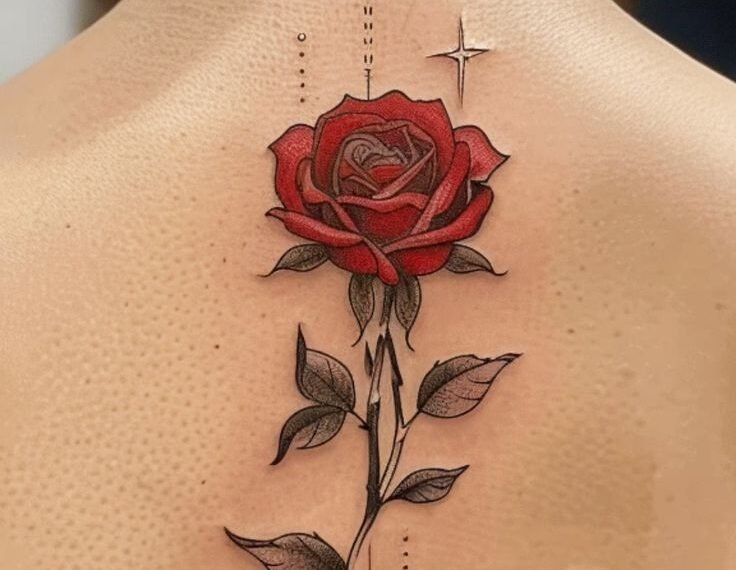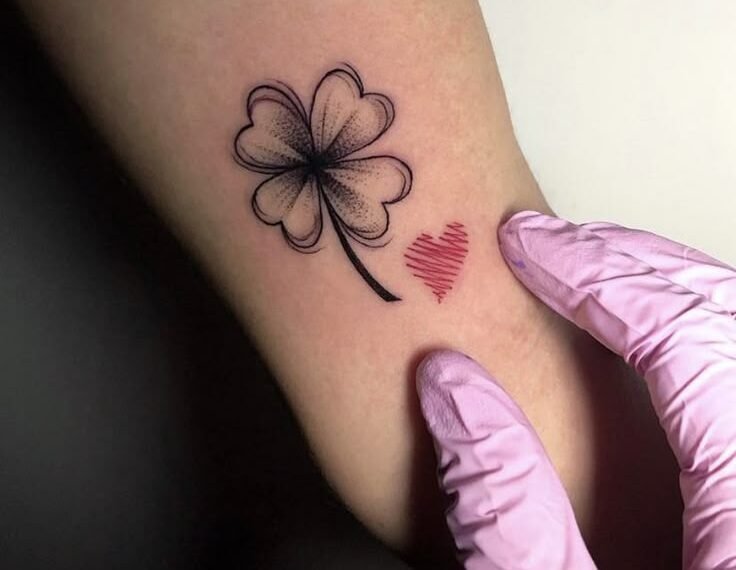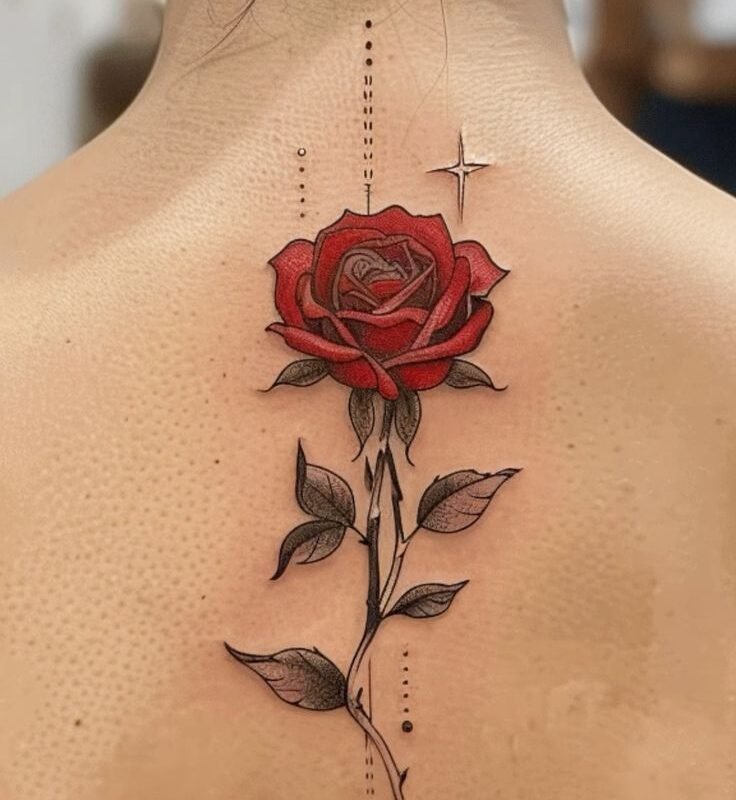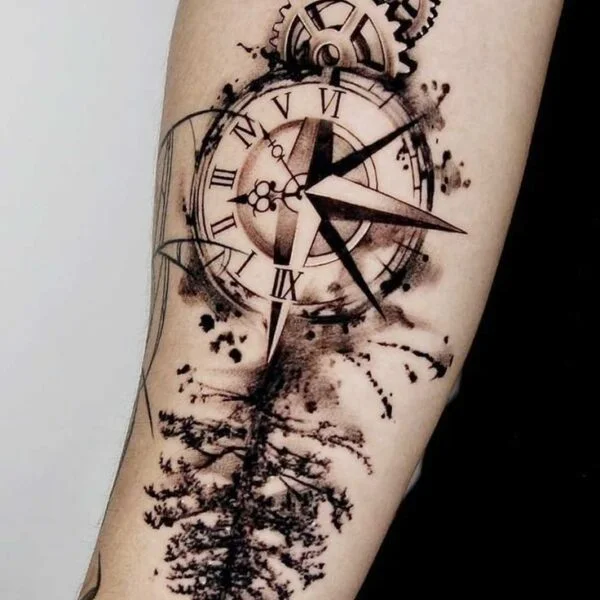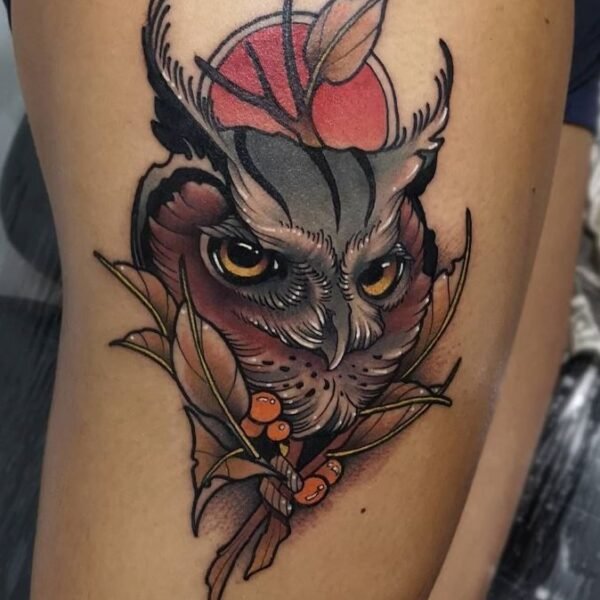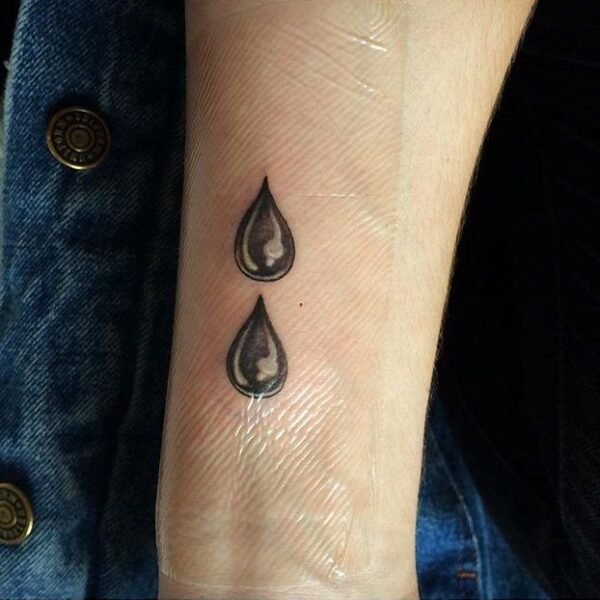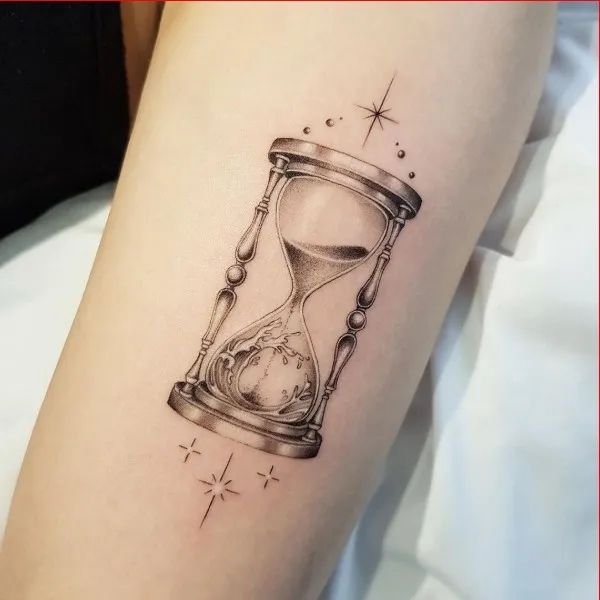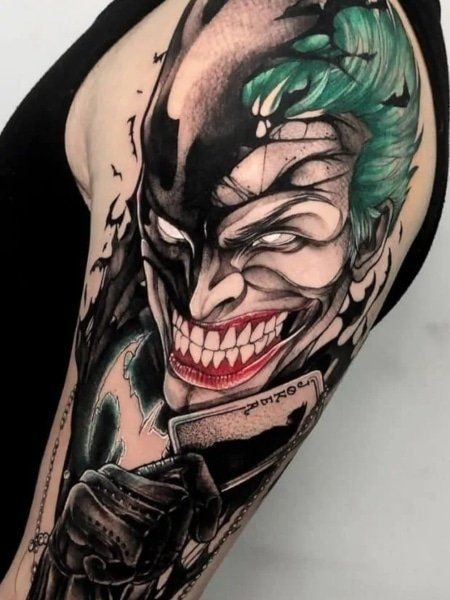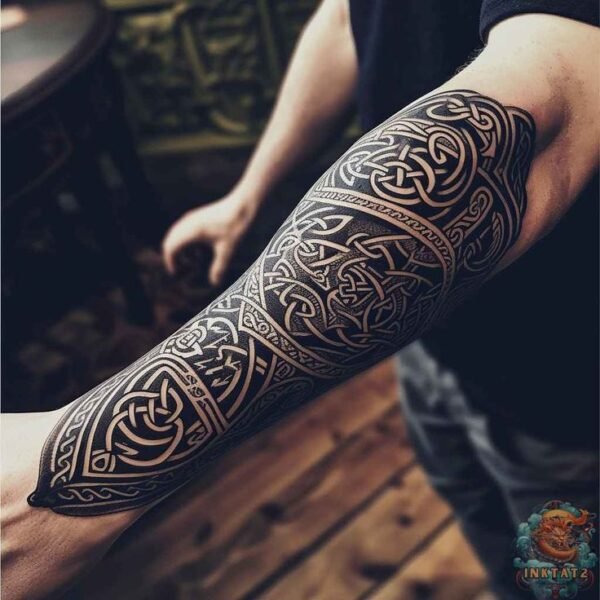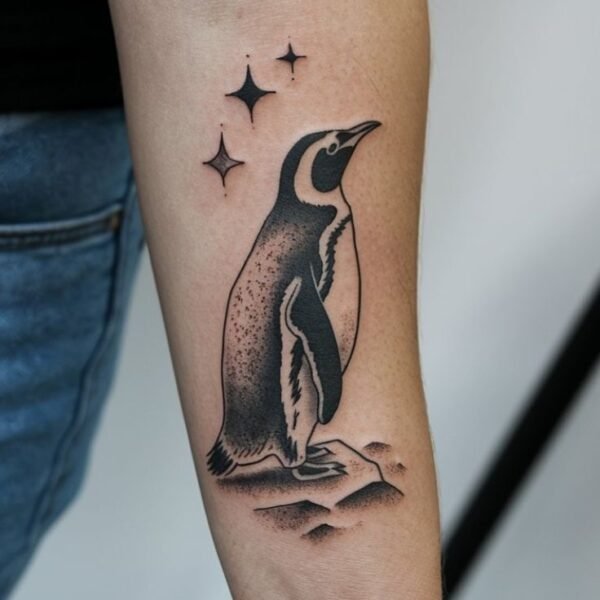Imagine if tattoos on a prisoner’s body told deep stories. In Russian tattoo culture, this is true. These symbols show identity, history, and rebellion in Russia’s underground world.
They range from “Thieves’ stars” to portraits of famous leaders. Each tattoo has a story and shows status in a tough system.
Looking into Russian tattoos is more than just looking at art. It’s about understanding the codes from Soviet prisons. This journey uncovers complex stories of struggle and hierarchy among inmates.
Russian Tattoo Ideas and meanings
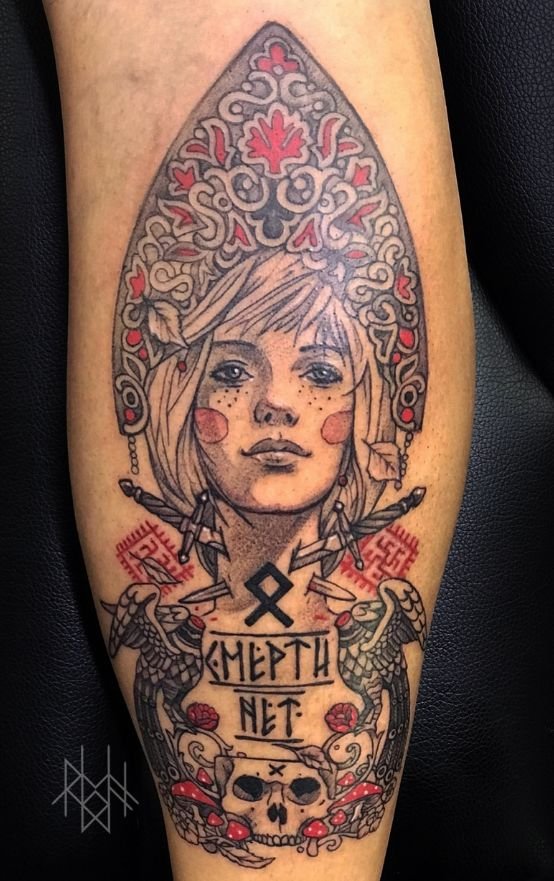
Introduction to Russian Tattoo Culture
Russian tattoo culture is a world where identity and expression meet in a unique way. This Russian tattoo culture overview shows how tattoos have changed over time, especially in Russia. Tattoos started as a way for prisoners to show their crimes and rank, but now they tell stories in pictures.
Tattoos tell stories of both personal and shared experiences in prison. The cultural significance of tattoos goes beyond looks; they represent struggles, wins, and losses. In Russian prison tattoos, certain symbols mean a lot, showing status and belonging. This rich symbolism invites us to dive deeper into the meanings behind these designs, revealing the heart of Russian underground culture.
History of Tattoos in Russian Prisons
The history of tattoos in Russian prisons is complex. It started in the early 20th century. Tattoos are more than art; they tell a prisoner’s story and life events.
The Soviet era tattoos began with the Gulag system. Tattoos helped tell apart thieves from political prisoners. This was crucial in the prison system.
In the early days, tattoos followed strict rules set by the Thieves in Law. These rules covered design and placement. Tattoos were earned through acts of defiance against authority.
Getting tattoos without permission could mean beatings. Certain tattoos held special meanings. For example, thieves’ stars on knees showed respect, while chest tattoos indicated higher ranks.
In the 1950s, tattoos became more popular. But, by later years, state policies changed, and controls tightened. The 1930s saw a surge in tattoos as a way to show status in prison.
This period created a deep tattoo culture in Soviet prisons. Tattoos told not just individual stories but also of resistance and survival against harsh conditions.
Russian Tattoo Ideas and Meanings
Russian tattoos are detailed and tell a story of survival and identity. Each symbol has meanings of symbols tied to personal experiences and beliefs. They turn body art into a story of life inside.
Understanding ideas behind Russian tattoos gives insight into inmates’ lives. It shows their crimes and the challenges they faced.
The Significance of Symbols in Criminal Identity
Tattoos are key identity markers in prison. Symbols like the teardrop and thieves’ stars tell personal stories and roles in the prison hierarchy. For example, a spider tattoo shows a convict’s commitment to crime.
The design’s placement also shows rank and status. It’s a way to show one’s history and pride or shame.
How Tattoos Communicate Within the Prison Hierarchy
Prison hierarchy tattoos show the changing relationships and respect among inmates. Epaulette tattoos look like military badges, showing a convict’s rank. Tattoos of Orthodox beliefs show a mix of faith and crime.
Recidivists may get tattoos to protect their identity or to show the harsh realities of prison life. For more on these themes, check out the meanings of symbols in Russian prisons.

Key Symbols: Thieves’ Stars and Their Placement
The thieves’ stars tattoo is a key symbol in Russian prison culture. It shows each inmate’s individuality and their status in the criminal world. The tattoo’s placement is very important.
A star on the knees means the person won’t kneel to anyone. This shows strength and pride. A chest star, however, means they have a higher rank. This is because of their behavior and following the prison’s rules.
These tattoos are like a badge of honor, showing a thief’s skills and past. Each tattoo has a story, telling about the person’s journey. In Russian prison culture, thieves’ stars are special. They show personal stories and deeper meanings.
Getting a tattoo wrong can lead to serious trouble. It can mean punishment or losing respect from others. This shows how important it is to get tattoos right and understand their meanings.
Portraits of Political Figures: Stalin and Lenin
Tattoos of leaders like Stalin and Lenin hold deep historical meaning, especially in the Soviet era. These tattoos show a mix of respect and defiance. Inmates saw these tattoos as a way to show they survived harsh prison conditions.
These tattoos show how political beliefs and personal identity are linked. They reflect the lasting impact of these leaders on people’s minds.
Historical Context of Portrait Tattoos
These tattoos show a strong link between power and imprisonment. The tattoos of historical figures reveal prisoners’ views and affiliations. For example, the phrase “a kolkhoz farmer after paying taxes to the government” shows deep frustration.
Danzig Baldaev, a prison guard and artist, documented over 3,000 tattoos from 1948 to 1986. His work is a vast collection of personal expressions.
Stalin and Lenin tattoos were common among Russian prisoners. They showed a desire for identity in a harsh system. These tattoos highlight the importance of historical meanings in culture.
They show how personal stories are tied to community feelings. Tattooing these leaders was a way to express admiration, defiance, and control in a suppressed environment. Their tattoos symbolize loyalty and the scars of a tough political landscape.
For those studying historical tattoo meanings, Stalin and Lenin’s images are key. They reveal the depth of criminal culture and the evolution of political expression.
The Role of Epaulettes in Indicating Rank
In the world of Russian prison tattoos, epaulette tattoos are key. They show rank among inmates, inspired by military symbols. These tattoos tell who’s in charge, like a captain or colonel, in the prison’s social system.
These tattoos are more than just art. They show who has power and influence. Inmates try to get tattoos like the ones of the top guys. It shows they want to be part of the thieves’ world.
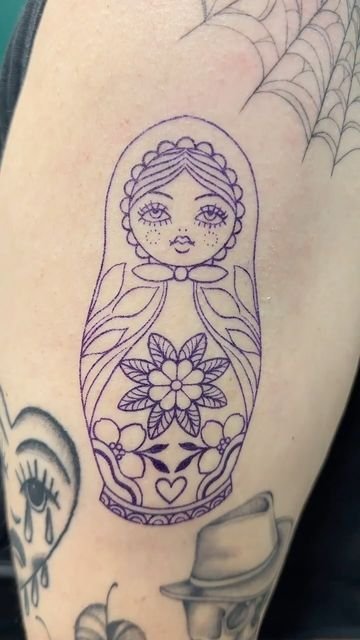
The term ‘vor v zakone’ means “thieves in law.” It’s for the top guys in this world. Tattoos tell stories and show who belongs where in the prison’s social order. Each epaulette tattoo has its own tale of tradition and power.
Animal Tattoos: Oskal and Spiders
Animal tattoos in Russian prisons are powerful symbols. They reflect inmates’ lives and choices. The Oskal and spiders have unique meanings in this culture.
Oskal: The Big Grin and Its Implications
The Oskal tattoo shows a grimacing animal. It’s a symbol of aggression and defiance. It means the person is ready to face authority.
This tattoo shows the wearer’s violent past. It also shows their current status in prison.
The Meaning Behind Spider Tattoos
Spider tattoos have deep meanings. They can show if someone is active in crime or retired. The direction of the spider matters.
These tattoos tell stories of personal history and change. They show the complex lives of those who wear them.
Cultural Representations: Cathedrals and Manacles
Prison tattoos are a deep way to share personal stories and cultural identity. Cathedrals in tattoos are especially meaningful. They show the time spent in prison, with each dome representing a sentence.
This design tells not just the length of sentences but also the person’s strength and history.
Symbolism of Cathedrals in Prison Tattoos
Cathedrals in tattoos are more than just designs. They tell a story of a person’s journey through the prison system. They reveal the depth of their experiences and the reasons behind their choices.
This symbolism adds a personal touch to the overall meaning of prison tattoos.
Manacles: Length of Sentences and Their Representation
Manacles in tattoos mean long prison sentences, especially over five years. They often go with cathedral designs. This powerful combo shows the harshness of their time inside.
Together, these tattoos tell a story of personal struggle and the broader impact of prison life.
Other Intriguing Symbols: Grudge, Rings, and Skulls
Grudge tattoos are a standout in Russian tattoo culture. They often show a snarling dog, symbolizing a strong dislike for rules and norms. These tattoos show a person’s fight against society, showing their strong beliefs shaped by tough times.
Rings in prison tattoos also hold deep meaning. They tell a story of a person’s past and their moral code. For example, a black triangle might mean someone has acted in a certain way, showing their place in the prison world.
Skull tattoos are also very meaningful. They show a person’s courage to stand up against harsh conditions. Skull tattoos mean refusing to give in, showing the person’s strength and identity.
FAQ
What is the significance of tattoos in Russian prison culture?
How did the history of tattoos evolve in Russian prisons?
What do Thieves’ stars represent in Russian tattoos?
What role do portraits of Stalin and Lenin play in tattoo symbolism?
What do epaulette tattoos signify?
What are the implications of animal tattoos, such as Oskal and spiders?
How do cathedral and manacle tattoos reflect a prisoner’s experiences?
What do other symbols like grudge, rings, and skulls represent?

Passionate about tattoos and their profound meanings. My blog is dedicated to exploring the stories and symbolism behind body art. Each tattoo tells a unique story, and my goal is to share these fascinating narratives with my readers.


